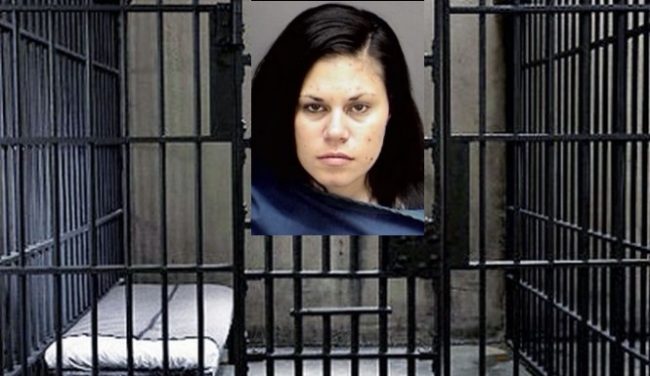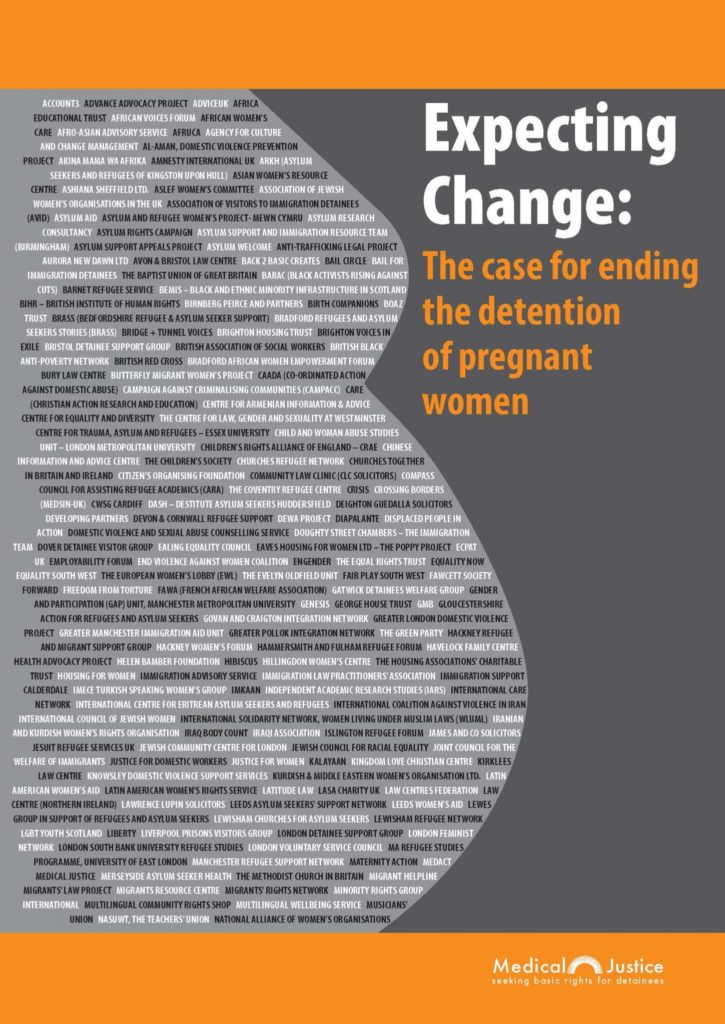
We the people must be persuaded that no child should be born in a solitary confinement cell. We the people must be persuaded that no woman should have to give birth while in solitary confinement. Who are we? We are the United States of America. In this man’s land, pregnant women prisoners have less than no reproductive justice or rights. Instead of care, they receive neglect and abuse that crosses over into torture.
Last week, Nicole Guerrero filed a lawsuit against the Wichita County Jail, in Texas, and others for having forced her to give birth in solitary. The baby died. It’s a terrible story, and it’s an increasingly common one. While much of the focus has been, and will be, on the details of the case, consider as well the larger, national framework. Nicole Guerrero is not an exception. She is the face of the everyday violence against women, and in particular against pregnant women, in the prisons and jails of the United States.
Last year, in response to the Pelican Bay hunger strike in California, United Nations Special Rapporteur on Torture, Juan E. Méndez, found nearly 80,000 prisoners in solitary confinement, although the numbers are difficult to determine. He urged the United States to suspend prolonged and indefinite solitary confinement and to consider the rights and needs of the vulnerable: “I urge the US Government to adopt concrete measures to eliminate the use of prolonged or indefinite solitary confinement under all circumstances, including an absolute ban of solitary confinement of any duration for juveniles, persons with psychosocial disabilities or other disabilities or health conditions, pregnant women, women with infants and breastfeeding mothers as well as those serving a life sentence and prisoners on death row.”
Pregnant women, women with infants, breastfeeding mothers: these are the most recent targets of mass incarceration, those charged with “fetal endangerment.” As charges against pregnant women both rise and intensify, more and more pregnant women are going into the prison system, and the vast majority end up in local and county jails, or in State prisons, like the Julia Tutwiler Prison for Women in Alabama. Inevitably, more women will undergo childbirth in solitary, and more children will be born in solitary.
When Delegate Mary Washington, of Baltimore, first heard of a pregnant woman prisoner, en route to the hospital, being shackled, she said, “Wait. What? What do you mean … shackled?” The woman telling herthe story explained she meant exactly what she said. Pregnant women prisoners, women prisoners in childbirth, are routinely shackled. It’s part of the new normal.
Nicole Guerrero is a signature of the next phase of that new normal. She is neither anomaly nor exception, and despite her pain, anguish and suffering, she is not the stuff of high drama. The national history of infamy is not made up of tragedy, but rather an endless series of ordinary episodes that combine to form normalcy. Our normalcy. We are the people who demand to be persuaded that there’s something wrong with a system that forces women to go through childbirth while in solitary confinement. We are the people who demand to be persuaded that the destruction of women is a bad thing. Remember that.
(Photo Credit: guardianlv.com)






